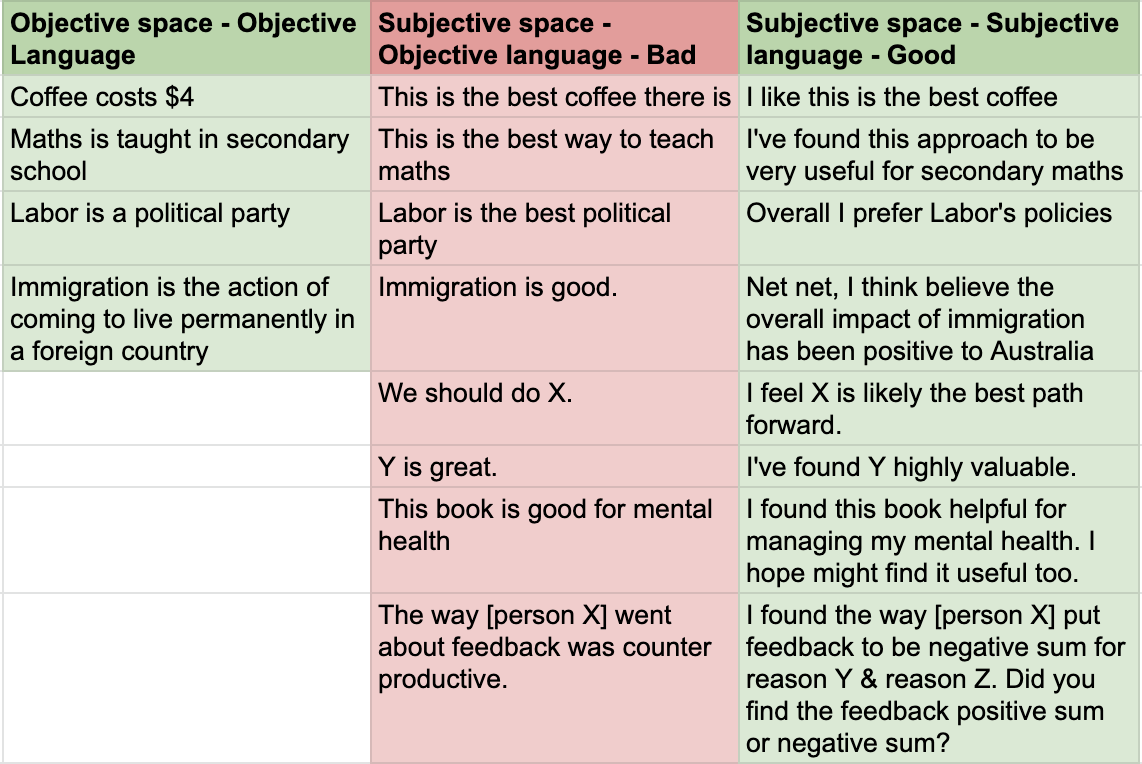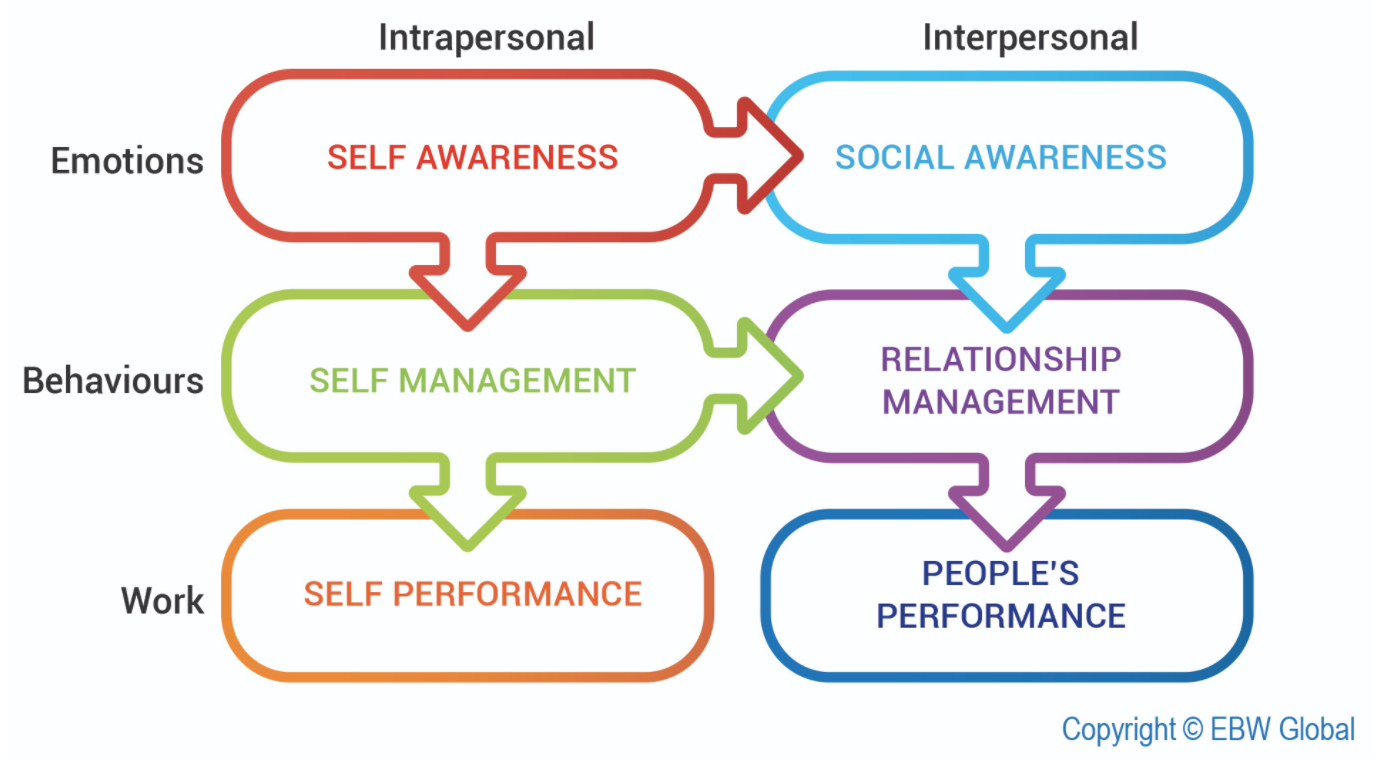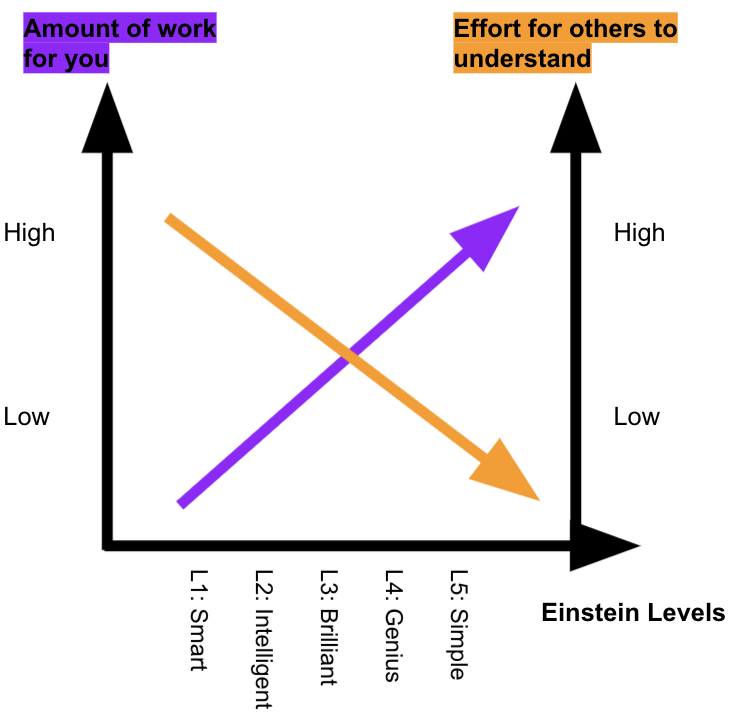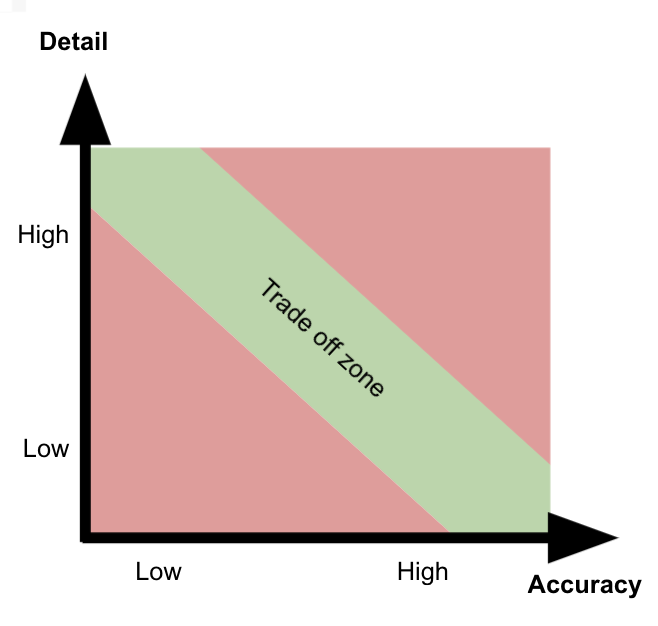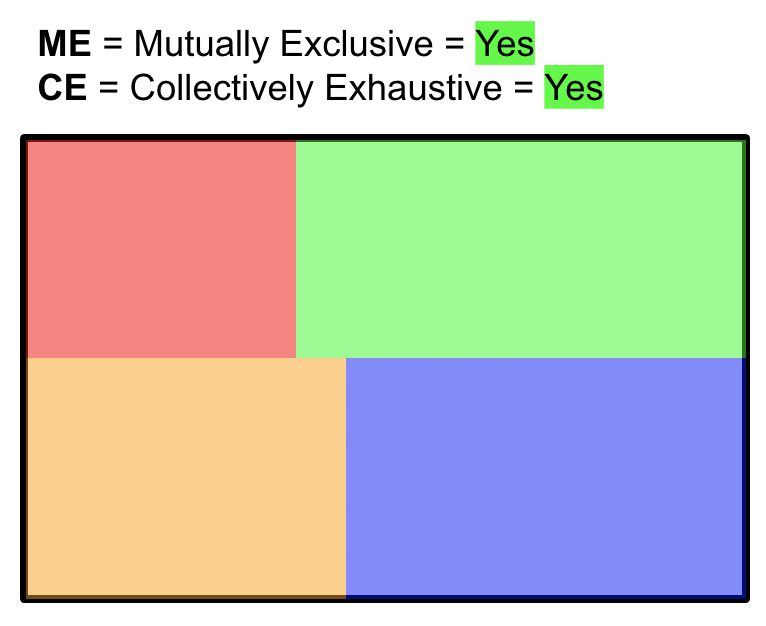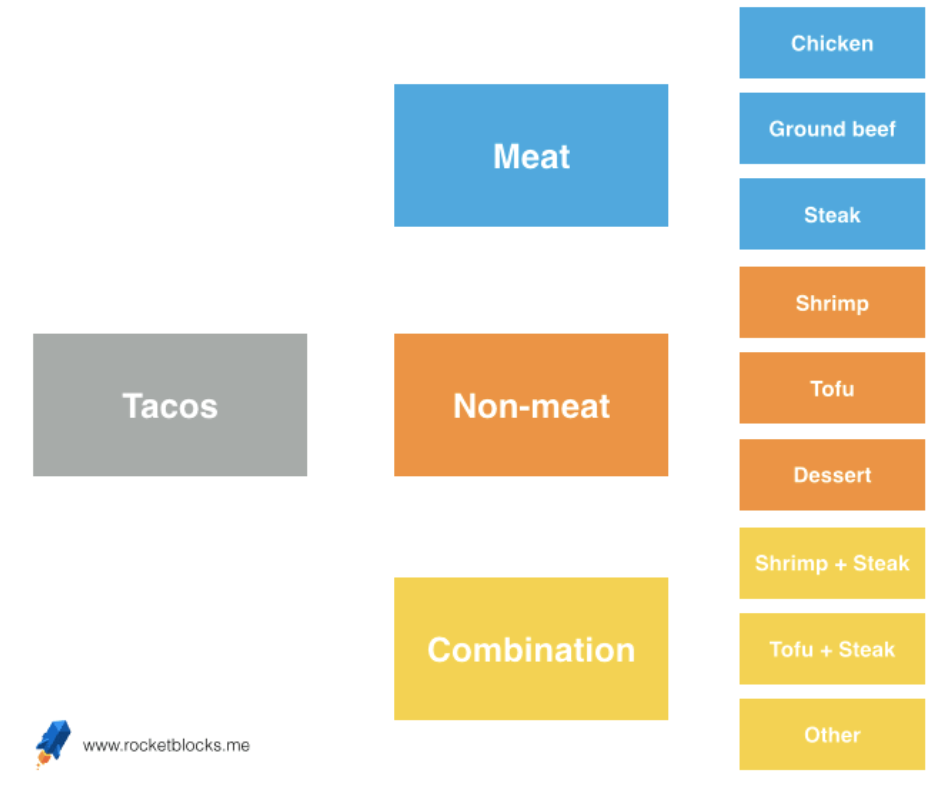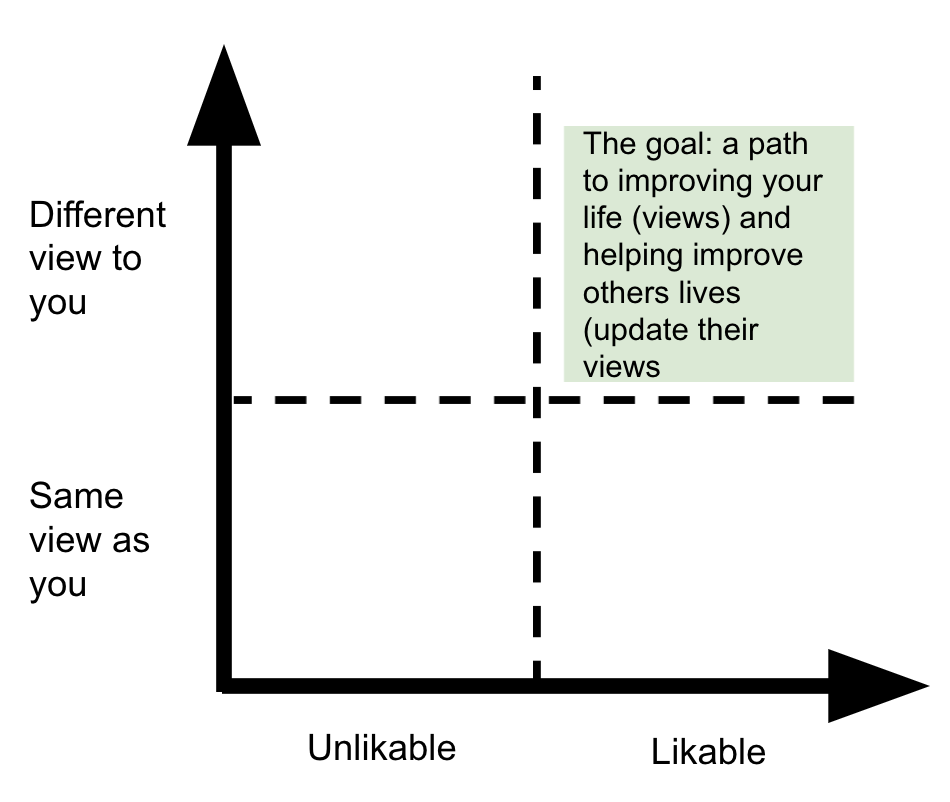Naming concepts = Making concepts easily usable
/By Duncan Anderson. To see all blogs click here.
Reading time: 5 mins
Summary: Useful concept = 1. Develop concept to sufficient+ * 2. Have usable language for the concept. The better you can name a concept the easier it is to use. I’ve come to believe the ability to name a concept well is almost as important as being able to come up with valuable concepts.
I used to worry mainly about developing the value of concepts, not really about naming a concept so it could be easily used.
Einstein’s levels of mental cultivation:
L1: Smart
L2: Intelligent
L3: Brilliant
L4: Genius
L5: Simple
IMO you want to make knowledge / concepts as ‘simple’ to use as possible. If you don’t have a clear, intuitive, memorable name for a concept then even if it’s really valuable, it’s not likely to be easily used and as such frequently used.
I used to not even not just worry about naming concepts, many times there would be no name at all!
Each blog I write is meant to be on one concept. Now each blog is meant to have a clear name for the concept too!
The name is normally the first words of the title. Eg:
Automaticity
Team dynamic
Upgrade spreadsheet
Detail vs Accuracy
I realised that some concepts I’ve come up with are used all the time at Edrolo, and some never spoken about. The concepts named well were used, the ones that weren’t were not!
Levels of concept naming:
L0: no name
L1: hard to use name
L2: easy to use memorable name
Jingle: "If a tree falls in a forest and no one is around to hear it, does it make a sound?" If a concept has a poor name / no name, can it be used?
+++++++++
Details
Examples of blog titles I’d change
It's not about strengths & weaknesses, it’s about trajectory & levelling-up! you can improve at everything always :) => Levelling up: It's not about strengths & weaknesses, it’s about trajectory & levelling-up! you can improve at everything always :)
What I might have called this blog in the past: Implemental knowledge = 1. Valuable * 2. Usable
What I’m calling it now: Naming concepts = Making concepts easily usable
How to be the ultimate intellectual companion => Munger: How to be the ultimate intellectual companion.
Devil (un)disqualified decisions: only move ahead with decisions that the devil cannot disqualify (aka the work needed to build an opinion) => Angel’s Advocate: only move ahead with decisions you cannot disqualify.
Usability = How you communicate the idea in a word or short amount of words in the future
Internal Edrolo examples:
Sufficiency vs Perfectionism
Treasure Taxonomy
Genome
Angel’s advocate
Constrained unconstrained thinking
Mental chocolate
Counterbalance high cognitive load and low cognitive load tasks
Unsickers
Finite vs Infinite knowledge
External examples
FOMO
Catalyst
Growth mindset Vs Fixed mindset
“Your Vocabulary Defines Your Thinking: The more words you have at your disposal, the higher quality of your thoughts” – Chris Williamson
“Be intolerant of people who try to suppress speech. They want to control your words so that they can influence your thoughts and actions.” Naval.
“The best teacher is not the one who knows most but the one who is most capable of reducing knowledge to that simple compound of the obvious and wonderful.” —H.L. Mencken. A rearticulation: the best teacher is the one who is able to use the best words.
The most upstream part of most businesses is knowledge creation and the usability of this knowledge / concepts
If you aren’t writing you aren’t making much knowledge / concepts.
If you don’t make it easy to communicate the concepts created they don’t have much value.
If you don’t have a company glossary then you haven’t made much knowledge?
Language is the first scalable technology. If you aren’t creating new language (i.e. new concepts and naming them), then perhaps you aren’t upgrading the most upstream technology that you run on, and that your company runs on.
The best people in most fields, while speaking ‘english’, are speaking a language you don’t understand
Trusty Dreyfus Taxonomy
Novice = No industry specific language. Just ‘everyday’ english.
Proficient = Know 80% of the language others have created for concepts in your field.
Master = You have made significant new concepts that help you make progress you otherwise wouldn’t in your area AND you have named the concepts well so they are easily applicable.
Examples:
Restaurant = I don’t know the names of most of the ingredients or utensils, let alone the processes people use to cook. But I do like eating food :)
Sport = I barely know the rules for AFL, let alone the positions on the field, let alone strategy moves etc. If someone is commenting about Chess they may as well be speaking another language.
AI = I didn’t know what any of these concepts meant 5 years ago: Machine learning, Deep learning, Image recognition (or “computer vision”), Natural Language Processing, Neural networks, Semantic analysis, Supervised learning, Unsupervised learning. To me these are all well named concepts as they are easy to remember and use.
Lawyers
Doctors
When Edrolo started making education resources any person could have overheard and understood what we were talking about. It’s getting to the point where you can’t understand what we are talking about, as we have made many new concepts and named them usably.
7 years ago I didn’t know core concepts created by others such as cognitive load, spaced repetition, interleaving, backward design, dual coding, metacognition, etc etc. I was most definitely a novice in the education space.
4 years ago we started to create concepts at Edrolo that helped us solve the problems we were wrestling with. Examples include: genome, question ingredient equation, knowledge unit, unstickers, infinite vs finite knowledge and many more.
If you only take away one thing
The major modalities I see: reading, thinking, talking, building and writing.
If you want to progress in an area I recommend doing all of these modalities.
I didn’t get 5 years ago that one core output of this would be creating your own new concepts and naming the concepts that you can hopefully use to level up everything.
Outcome = Duncan * The tools Duncan has
Mental Tool = 1. Concept * 2. How easy the concept is to use
So make lots of valuable and easily usable mental tools.
Mental tool = cool!







